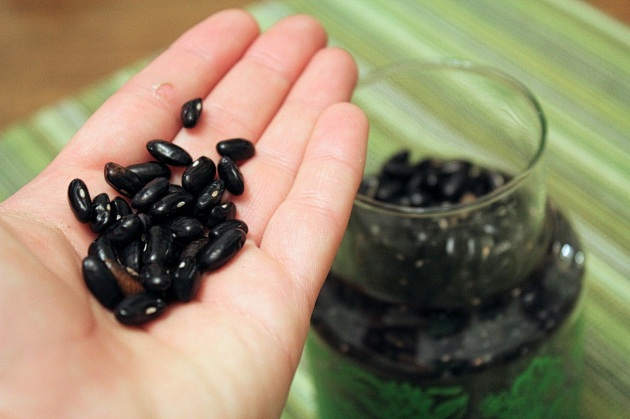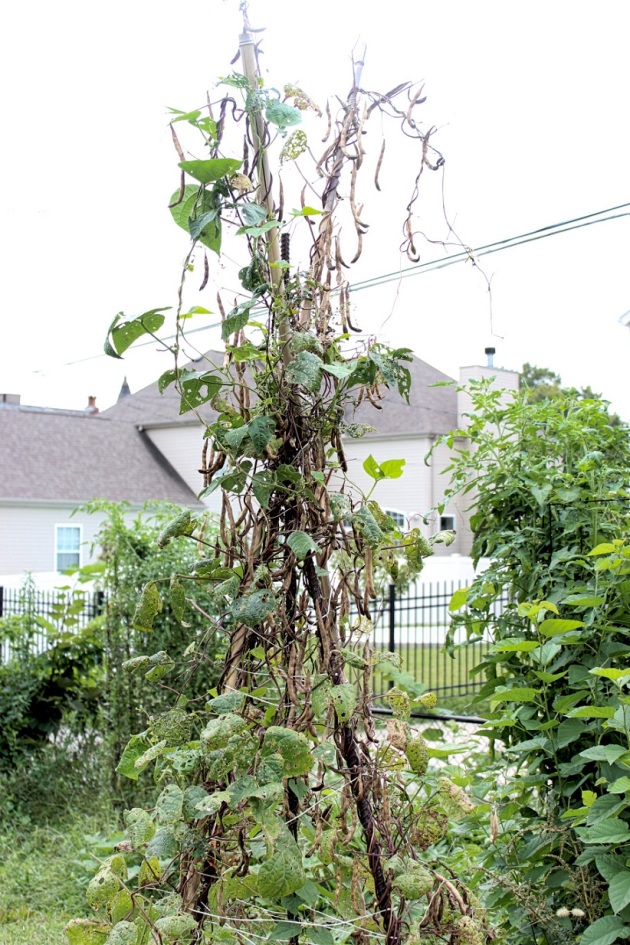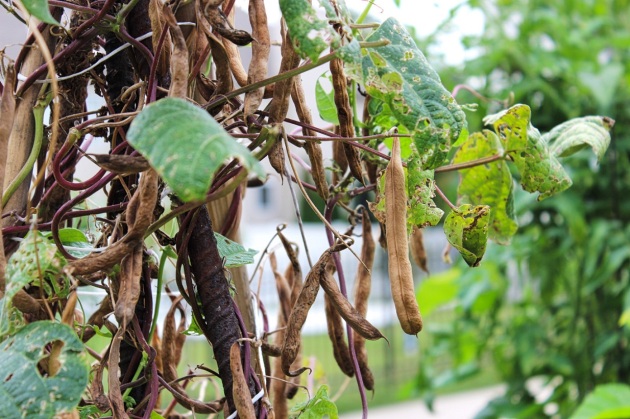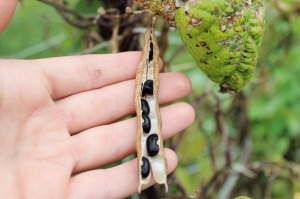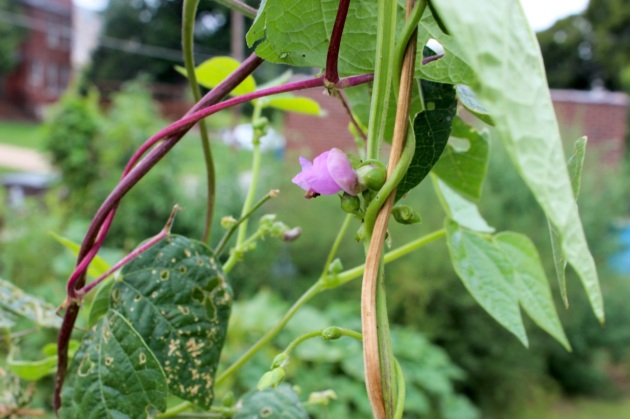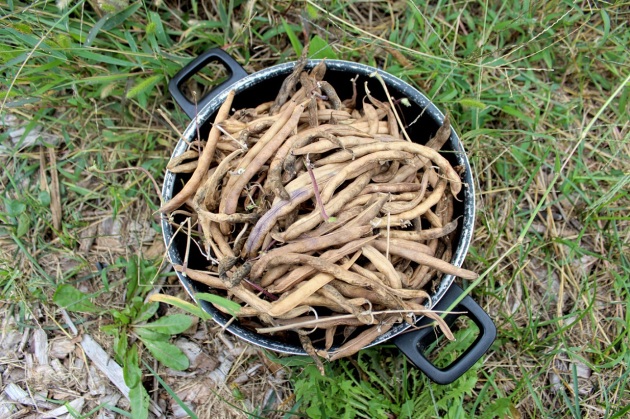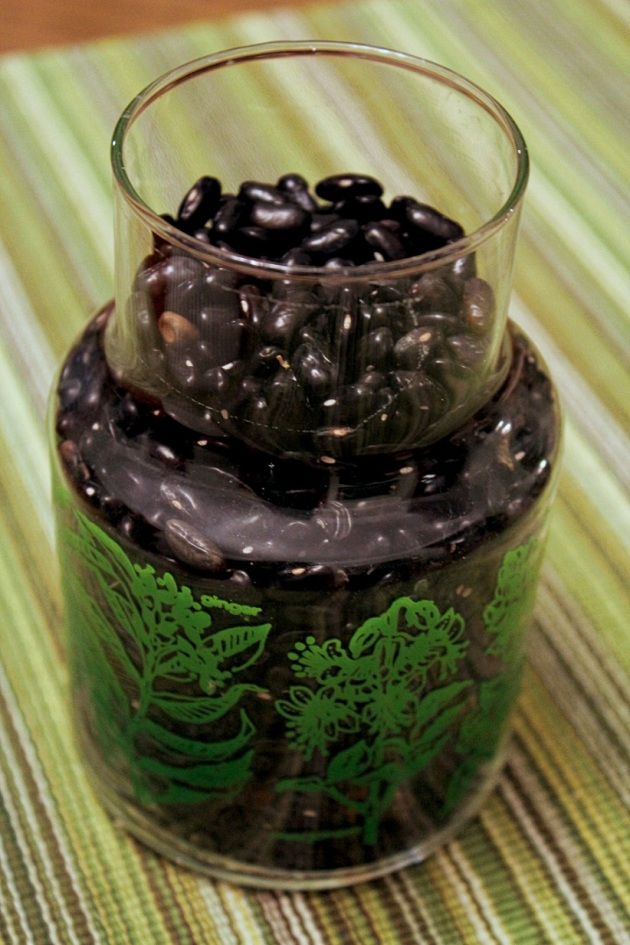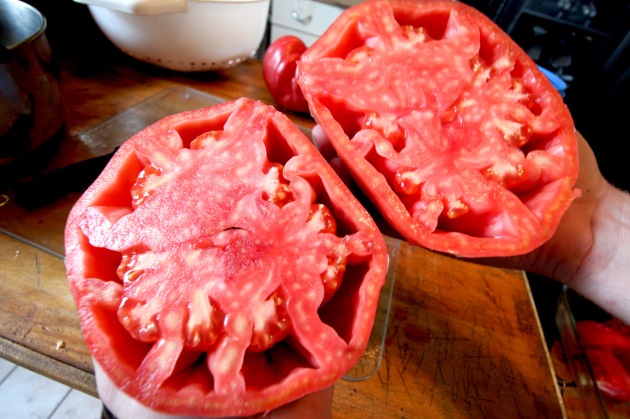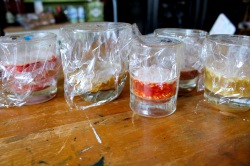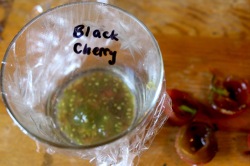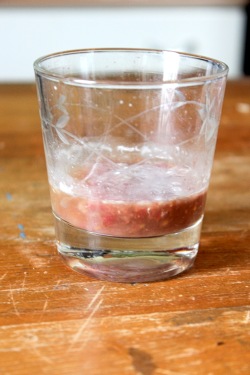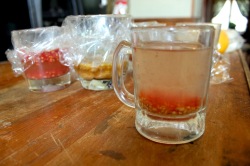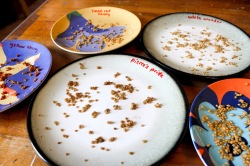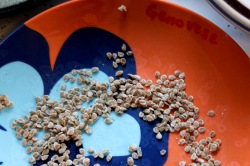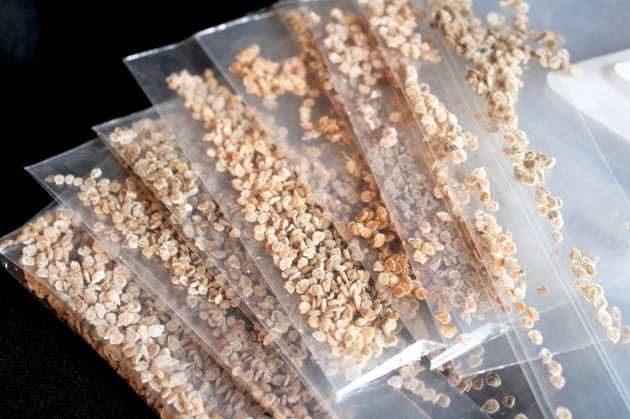No Instagram images were found.
Join 319 other subscribers
Categories
around the house
baking
black lab
books
border collie
carpentry
Cherokee Street
chicken coop
chicken feeder
chicken pen
chicken run
chickens
co-op
cold frame
compost
cooking
crafts
CSA
deer
do-it-yourself
dog
dog house
electrical
farmers' market
fencing
flowers
food
food preservation
food storage
foraging
for sale
frisbee
fruit
fruits
fruit trees
gardening
garden preparation
garlic
grass
grass removal
grow light
herbs
hoop house
household cleaners
insecticide
light fixture
local
Missouri
mushrooms
nature
new farm
new house
organic
peppers
photos
plants
potatoes
repurposed
seedlings
seeds
seed saving
self-sufficiency
spring
St. Louis
tilling
tomaoes
tomatoes
tomato seeds
trees
trellises
vegan
vegetables
vegetarian
wild
winter
Archives
- September 2014
- August 2014
- July 2014
- September 2013
- July 2013
- June 2013
- May 2013
- April 2013
- March 2013
- January 2013
- November 2012
- October 2012
- September 2012
- August 2012
- July 2012
- June 2012
- May 2012
- April 2012
- March 2012
- February 2012
- January 2012
- December 2011
- November 2011
- October 2011
- September 2011
- August 2011
- July 2011
- June 2011
- May 2011
- April 2011
- March 2011
- February 2011
Links we Like
- *Our Etsy Store: Earth, Glue, & Fire
- 5 Acres & A Dream
- Back Door Harvest
- Backyard Chickens Forum
- Cold Antler Farm
- Dancing Rabbit Ecovillage
- Earth Dance Farms
- Fast Grow the Weeds
- Freshman Farmer
- KJ Permaculture
- Maya Creek Ecovillage
- Milkwood Permaculture
- Millsap Farms
- My Big Red Barn
- North Coast Gardening
- Route K Project(s)
- Seeds of Change
- The Green Life Farm
- the sun & the soil
- Walter Pall Bonsai
- Year of Mud
- Yellow Tree Farm
